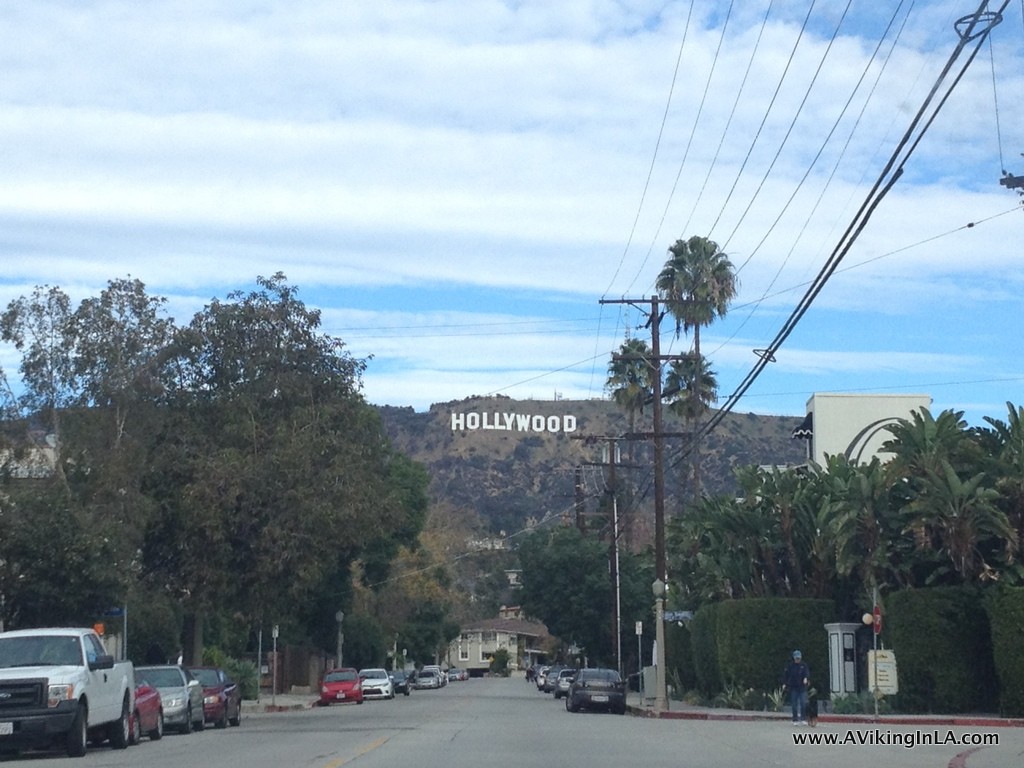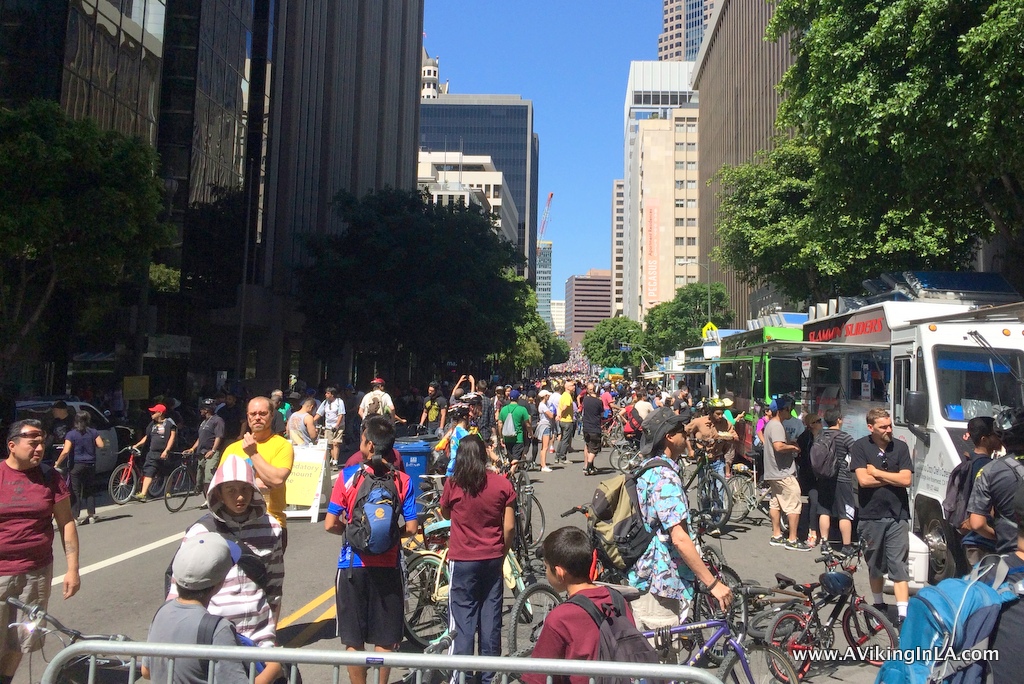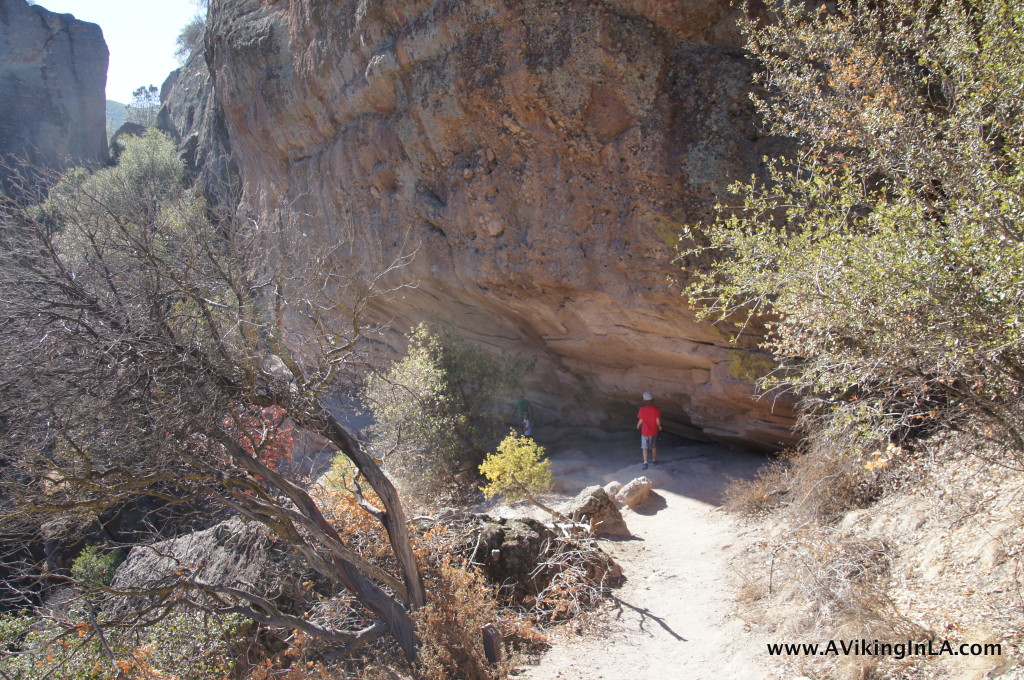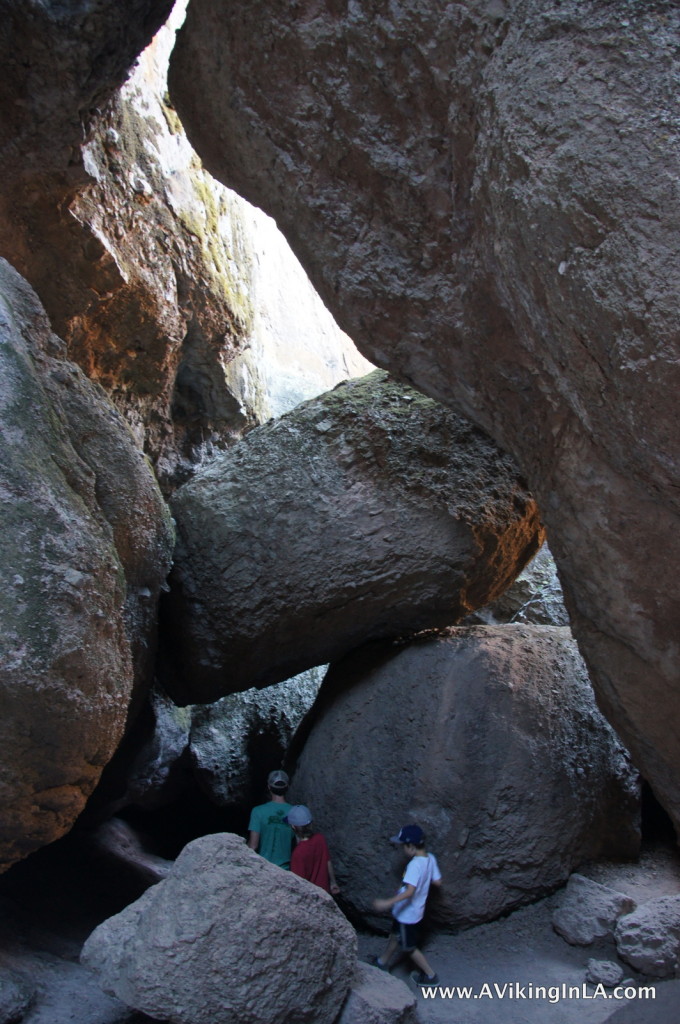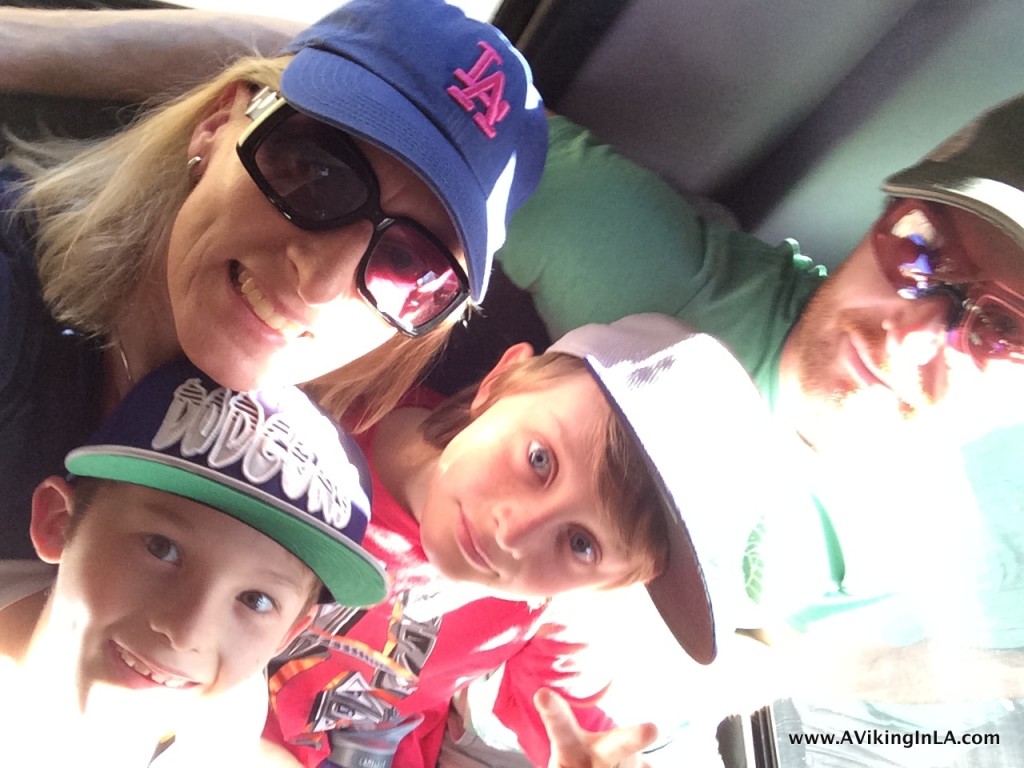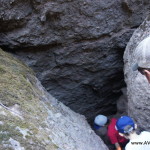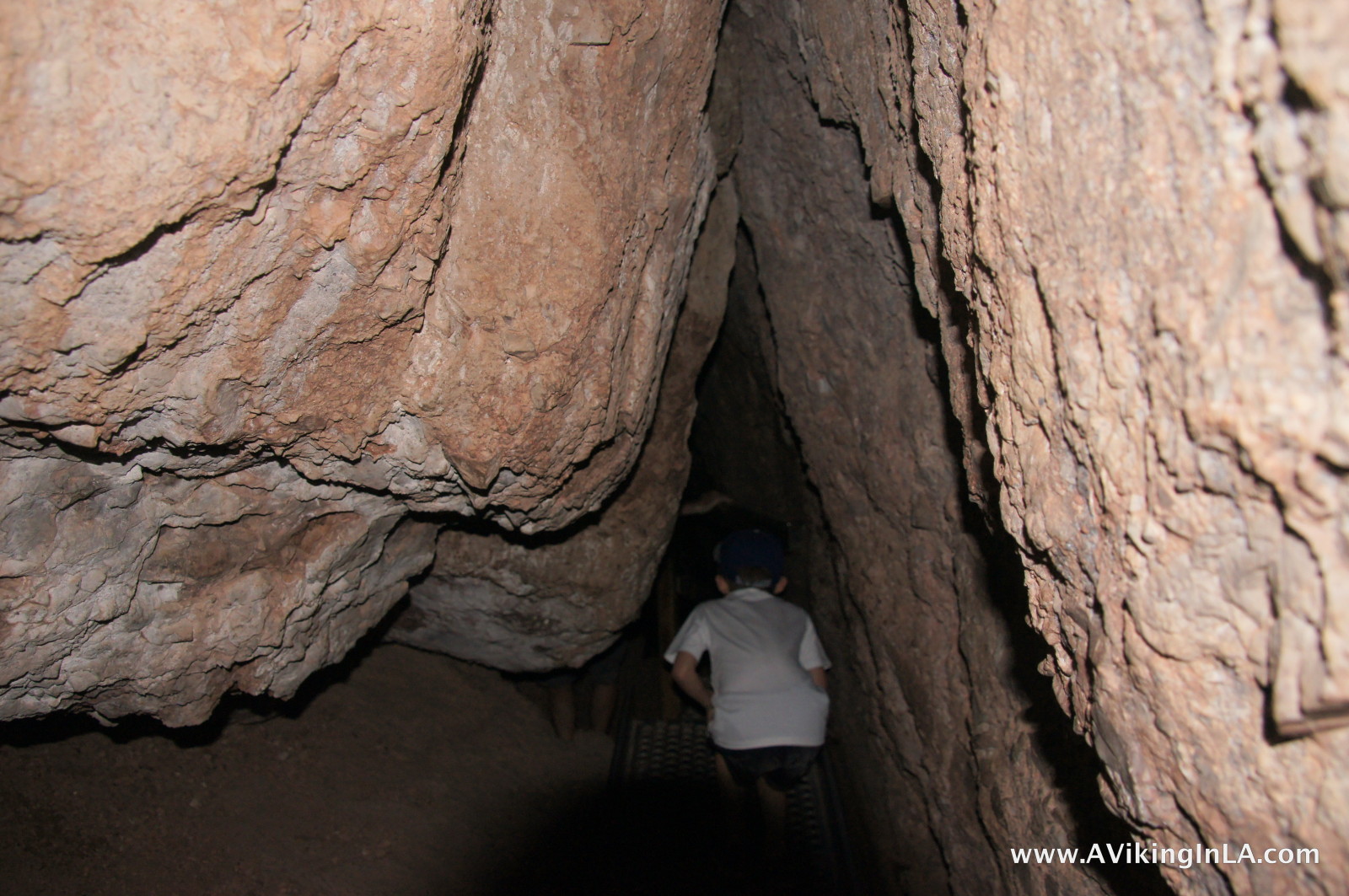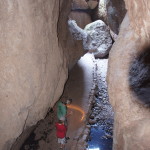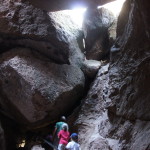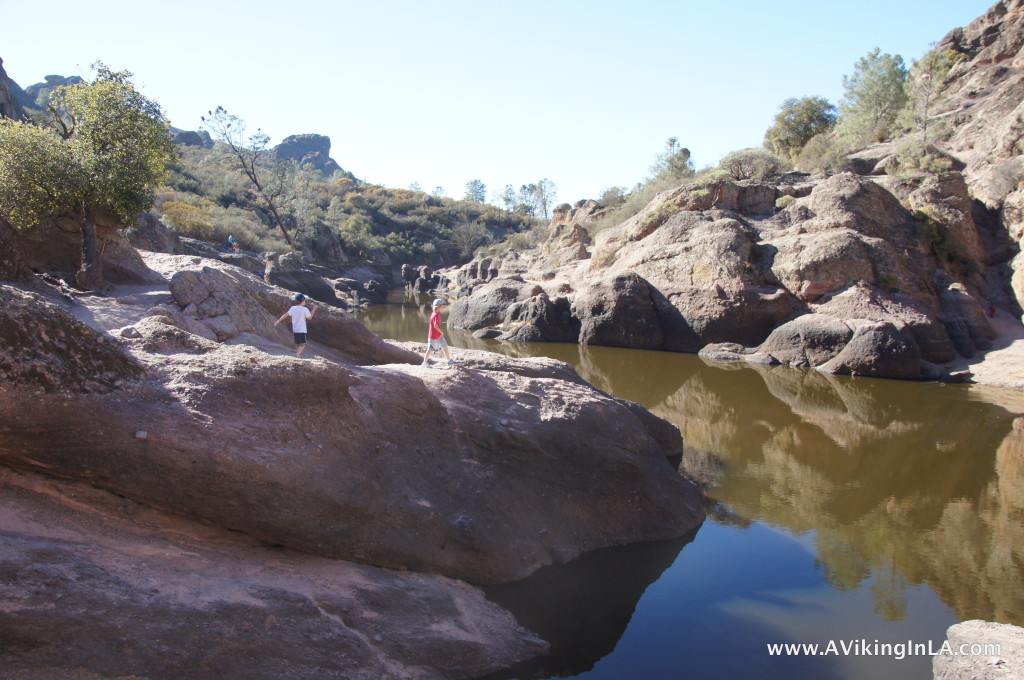During our one and only full day in Oslo this summer, we explored one of the city’s newer attractions, the Harbor Promenade, known as Havnepromenaden in Norwegian. It’s a walking/biking path that stretches nine kilometers (about 5.5 miles) along Oslo’s waterfront and combines sightseeing, history, art, architecture, shopping, dining, and a little bit of adventure. Large orange information towers guide the way. (And there are plenty of geocaching opportunities along the way for those who are interested as well.)
Our adventure began at Frognerkilen (Point #1 on the map). We were greeted by the peaceful sight of docked boats and wandering ducks and geese. The first stretch of the promenade was a pleasant and leisurely walk right along the shoreline.

We enjoyed watching boats coming and going and swans searching for food. In the distance, we saw the ferry bound for Denmark leave port. On the other side of the inlet on the Bygdøy peninsula, we spotted Oscarshall, the royal summer palace completed in 1852 and open to the public since 1881.

At Kongen Marina (Point #2), a tropical themed café awaited. It was a very welcoming and enticing place, but we had plans to eat lunch later on in our outing. It was too popular for me to search for the geocache that was there. Reluctantly, we continued on.
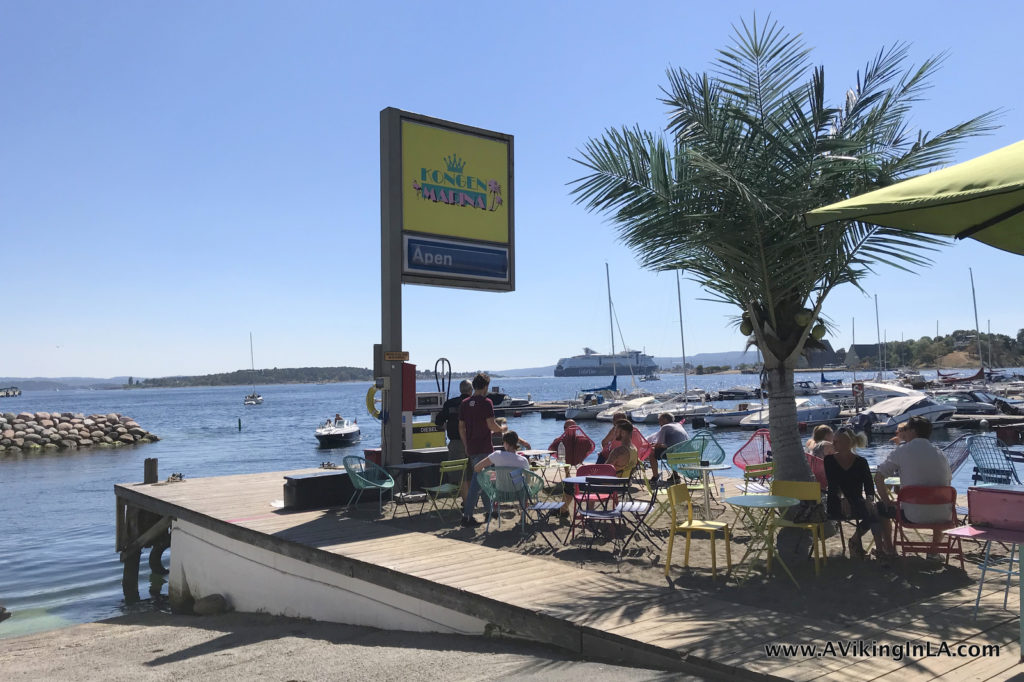
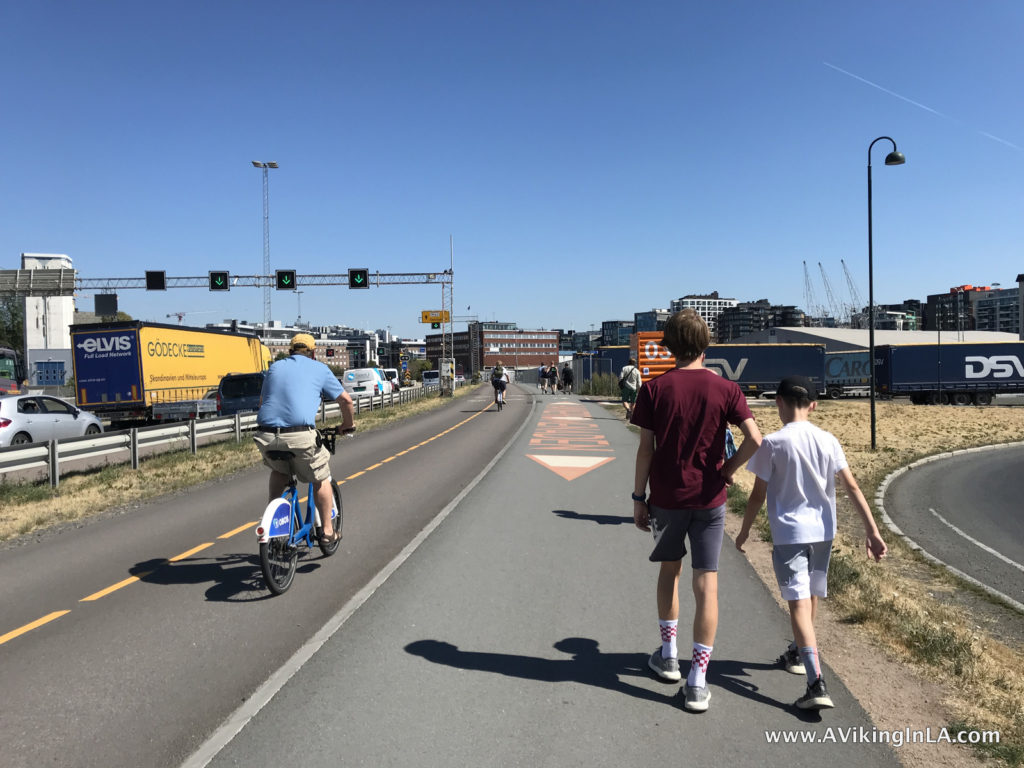
The next stretch of the promenade, through Filipstad, was not as appealing. The path was right next to the motorway with only industrial buildings in sight. The comic book artwork on the orange towers did provide some fun diversion along the way, though. Also, at Point #3, I was able to easily retrieve a geocache since there were no people lingering.
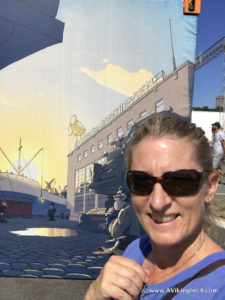
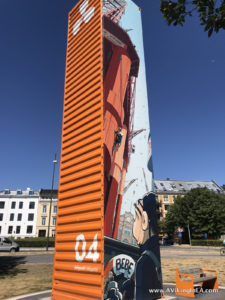
There are plans underway to develop this area into an attractive residential community which will make a huge difference!
Luckily, this uninteresting stretch didn’t last too long and soon we were at Tjuvholmen which was a stark contrast to what we’d just encountered. We were suddenly surrounded by a chic, happening waterfront with bright and bold artwork, modern architecture, and an active folk life. I could have just stayed there and people watched for hours. Any thoughts of more geocaching were quickly forgotten.
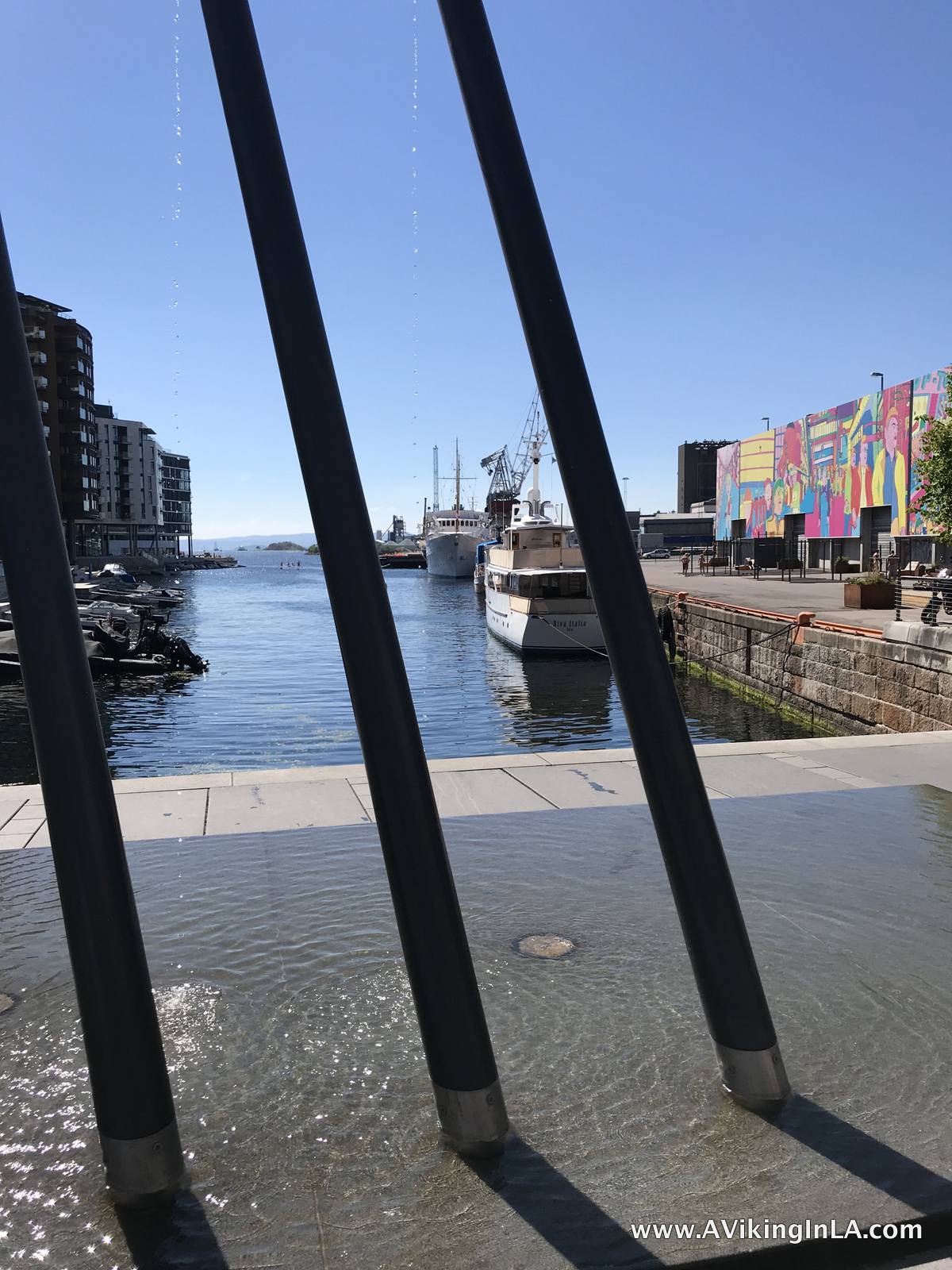
We chuckled at how the area reminded us of Los Angeles’ Venice Beach! We already had the palms in mind from Kongen Marina. Now we saw huge wall murals (art by Norwegian pop artist Pushwagner, 1940-2018), an outdoor workout area (complete with bare chested men and bikini clad women!), a skatepark (though indoors and practically empty because, as you’ll see, everyone is outside swimming!), stand-up paddle boarding, sunning, and swimming.

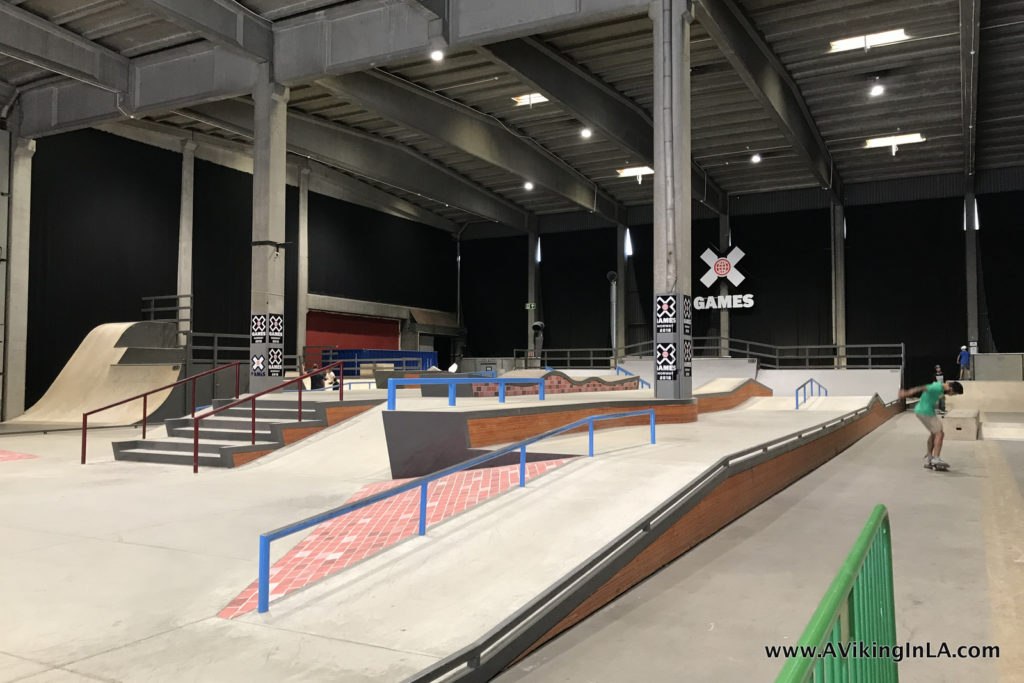


I was mesmerized by all the people swimming and hanging out by the edge of the fjord. Oslo has been unseasonably warm and dry this summer and people were taking advantage. And this wasn’t even a weekend day. It was a Monday.
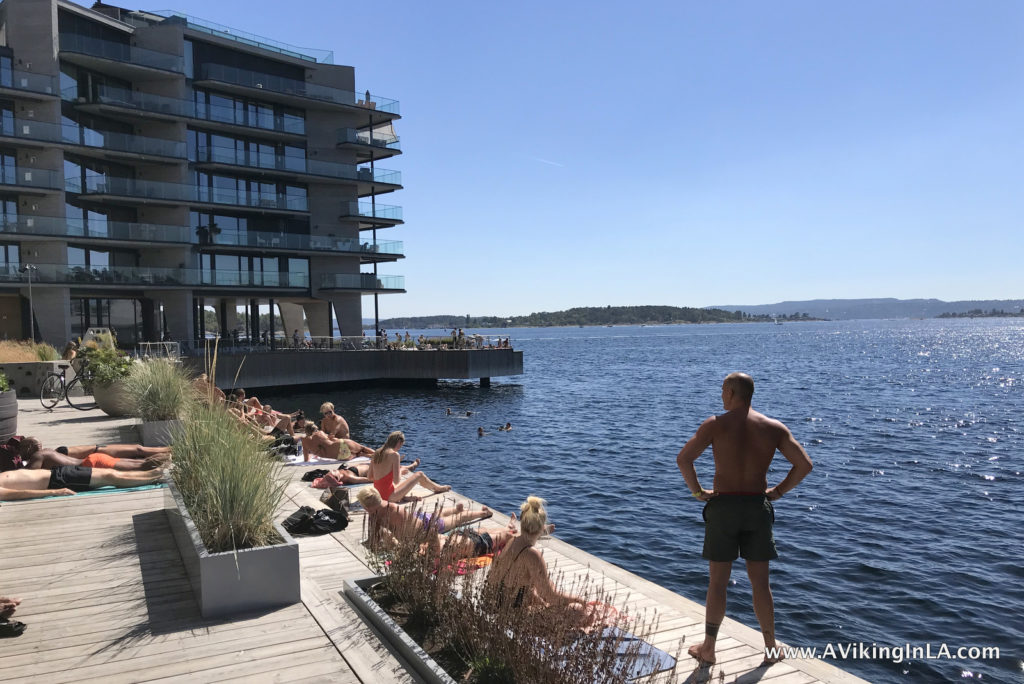
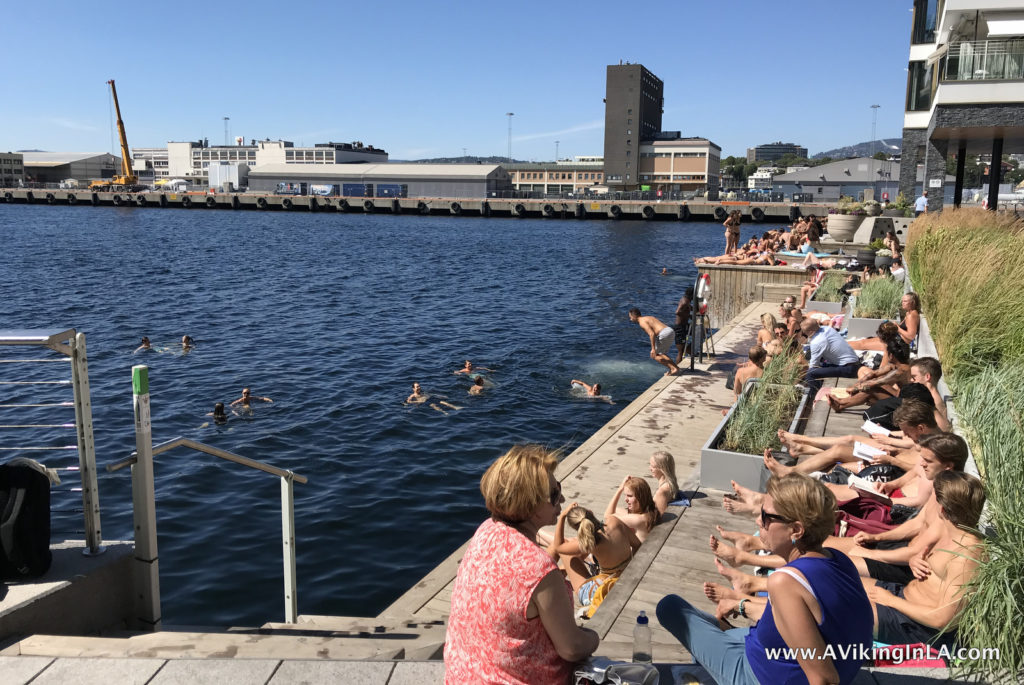

In addition to alluring outdoor spaces and fascinating architecture, Tjuvholmen is home to the modern art museum Astrup Fearnley Museet and an outdoor sculpture park. We lost sight of that with all the swimming going on, but they were there right next to the sandy beach.
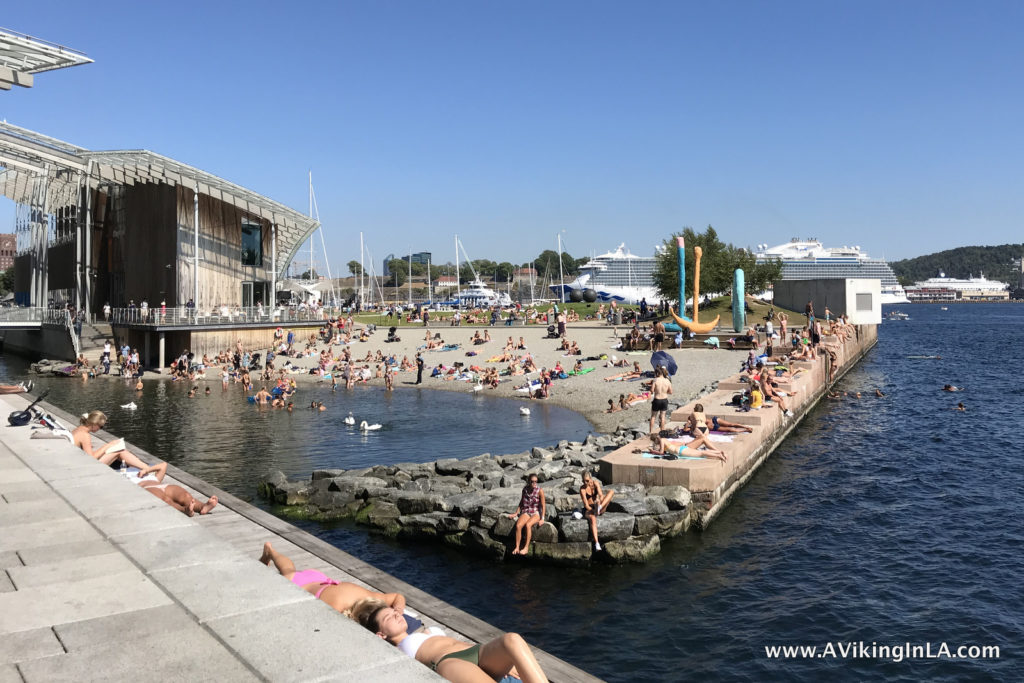


I realized too late that there is a lookout tower at Tjuvholmen as well, The Sneak Peak. It has a glass elevator that takes you up 117 feet for 360º views of the city, bay, and fjord. We’ll have to remember that for next time.

We wrapped up our promenade exploration just down the way at Aker Brygge (between Points #5 and #6 on the map), the original hotspot of the harbor area. Besides dining, shopping, people and boat watching to your heart’s content, you can visit the Nobel Peace Center in this area. It was actually on my wishlist for this summer because they are hosting the exhibition Generation Wealth (until August 21, 2018) which I missed when it was here in Los Angeles, but sadly we ran out of time.


We completed about half of the promenade this time around. The remaining stretch we’ll have to do next time we visit. Maybe we’ll do that with bikes since it brings us farther from home. Exploring Oslo’s Harbor Promenade has been on my Oslo bucket list for a while so I’m glad I finally had a chance to begin.


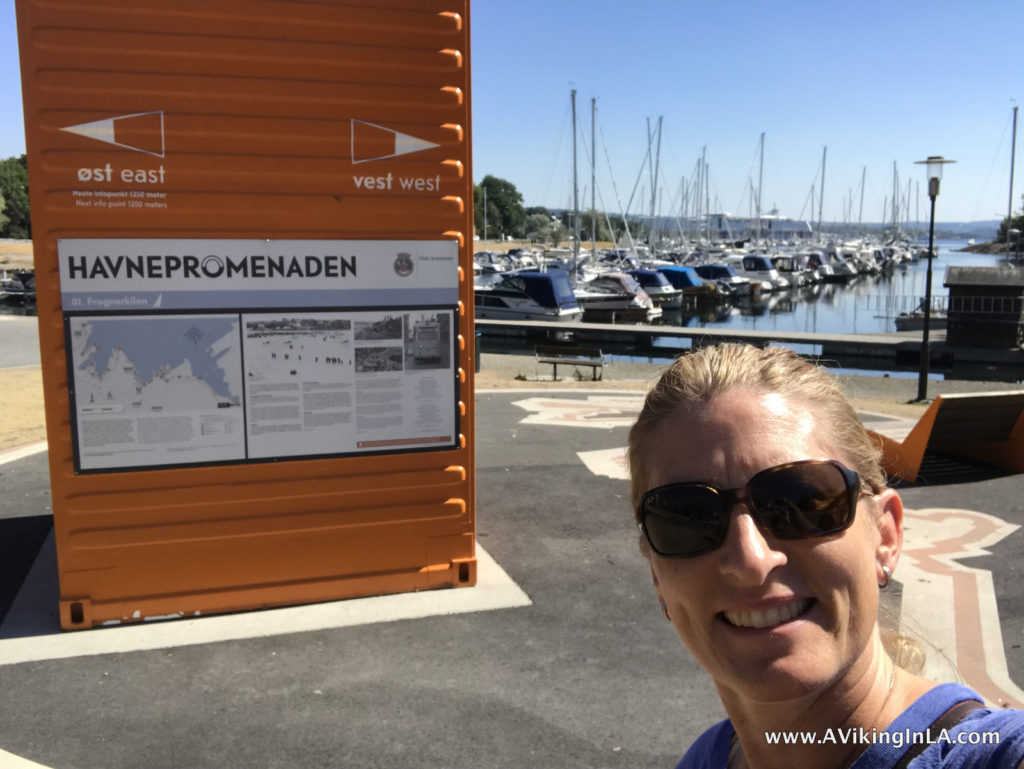
 Are you headed to Oslo this summer, and maybe you’re looking for something besides
Are you headed to Oslo this summer, and maybe you’re looking for something besides  Oslo has a very new harbor promenade to explore. It runs 9 kilometers (about 5.5 miles) along the waterfront and hits many of the main sights of Oslo including Tjuvholmen and Aker Brygge, the inner harbor with City Hall and Akershus Fortress, and the Opera House.
Oslo has a very new harbor promenade to explore. It runs 9 kilometers (about 5.5 miles) along the waterfront and hits many of the main sights of Oslo including Tjuvholmen and Aker Brygge, the inner harbor with City Hall and Akershus Fortress, and the Opera House. A few years ago, a cousin of mine recommended a visit to
A few years ago, a cousin of mine recommended a visit to 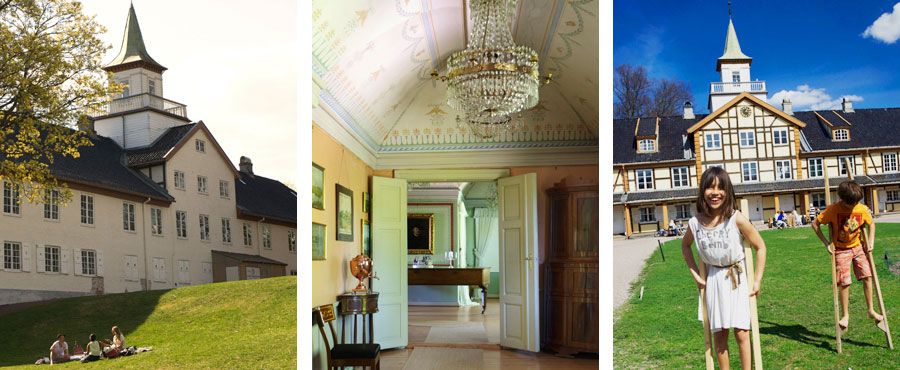 Museum of Oslo
Museum of Oslo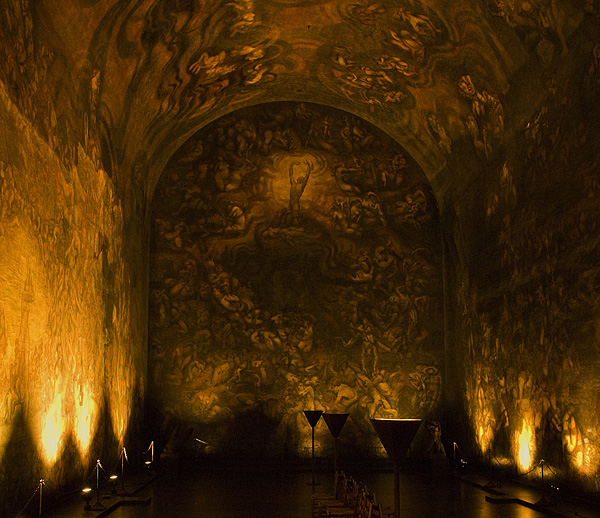 I learned about Emanuel Vigeland Mausoleum from the book
I learned about Emanuel Vigeland Mausoleum from the book  Damstredet and Telthusbakken are two roads known for their well-preserved and inhabited wooden houses built in the late 1700s and the 1800s. They are located near each other in the St. Hanshaugen/Gamle Aker area in central Oslo. There are other sights in the area as well, so a visit to the area can make a worthwhile self-guided walking tour. Very nearby is the medieval church
Damstredet and Telthusbakken are two roads known for their well-preserved and inhabited wooden houses built in the late 1700s and the 1800s. They are located near each other in the St. Hanshaugen/Gamle Aker area in central Oslo. There are other sights in the area as well, so a visit to the area can make a worthwhile self-guided walking tour. Very nearby is the medieval church 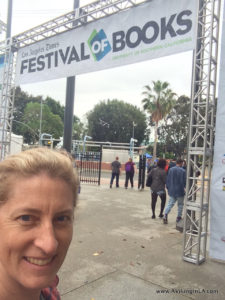 Last year, as luck would have it, I was able to go to the
Last year, as luck would have it, I was able to go to the 

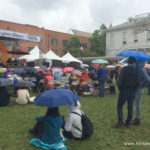

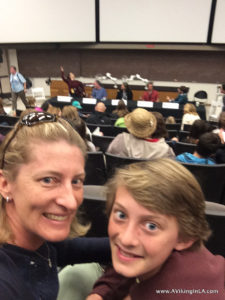 The panel was a popular one with many young readers in attendance. The panelists were engaging and shared insights into their writing lives. It was interesting to match a face, a voice, and a personality with the names we’d seen on book covers for so long. I wished, however, that Q&A time at the end had been limited to children. Their questions were so much better than adults’ questions.
The panel was a popular one with many young readers in attendance. The panelists were engaging and shared insights into their writing lives. It was interesting to match a face, a voice, and a personality with the names we’d seen on book covers for so long. I wished, however, that Q&A time at the end had been limited to children. Their questions were so much better than adults’ questions.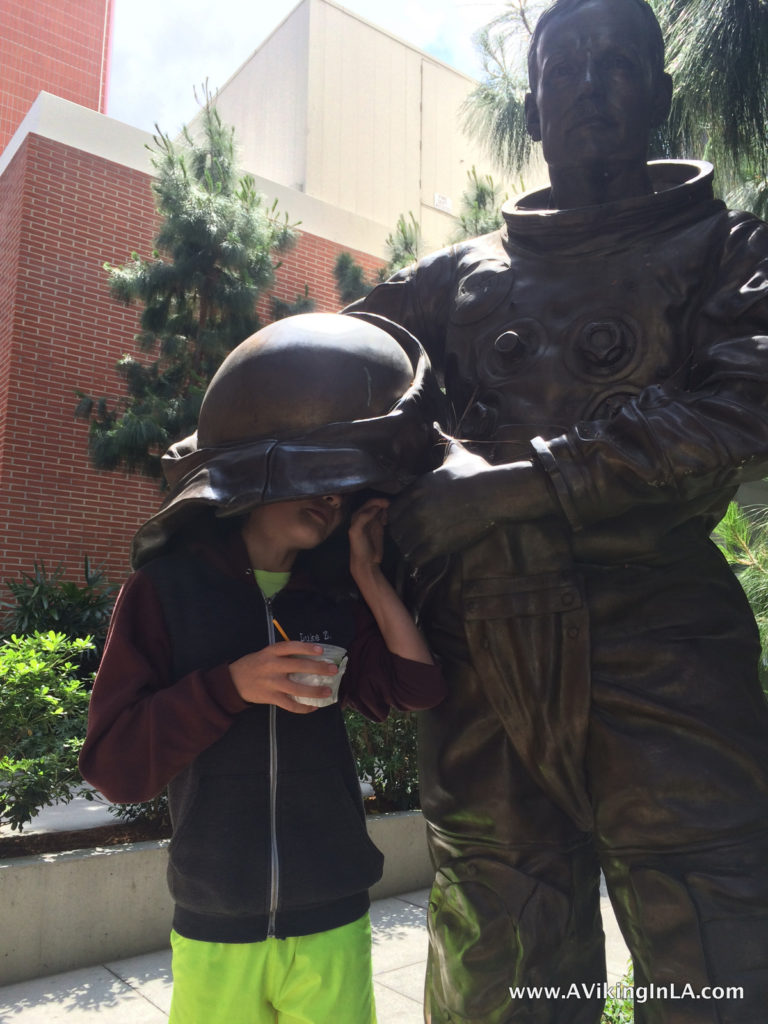

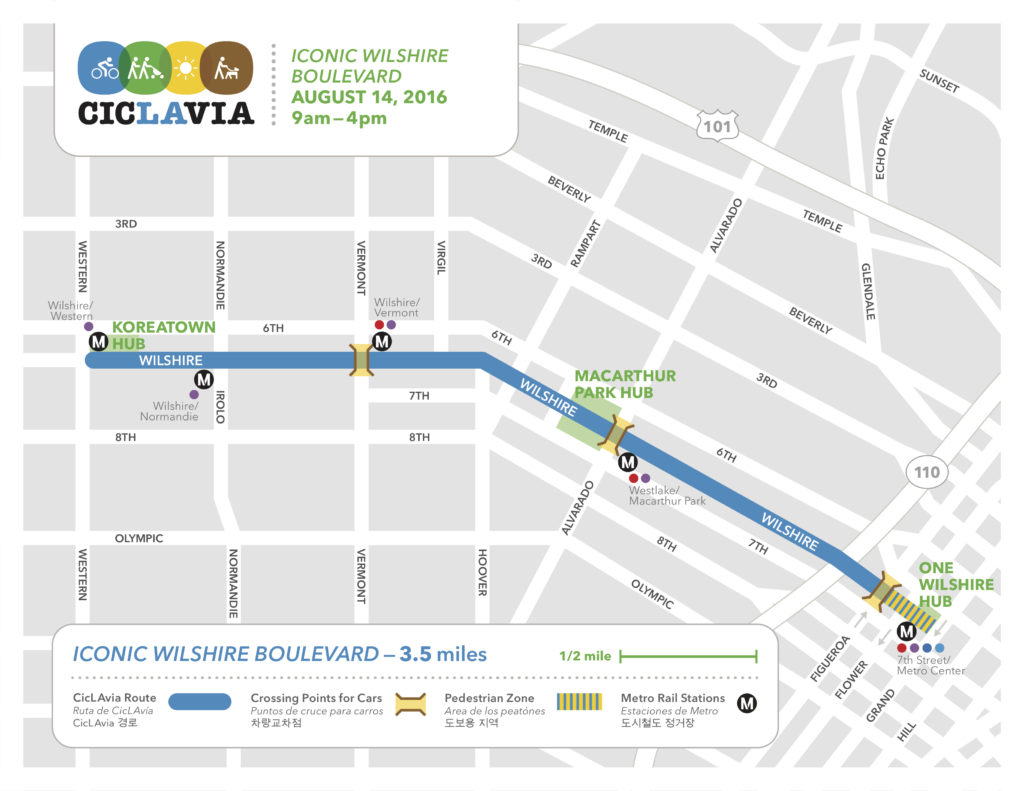
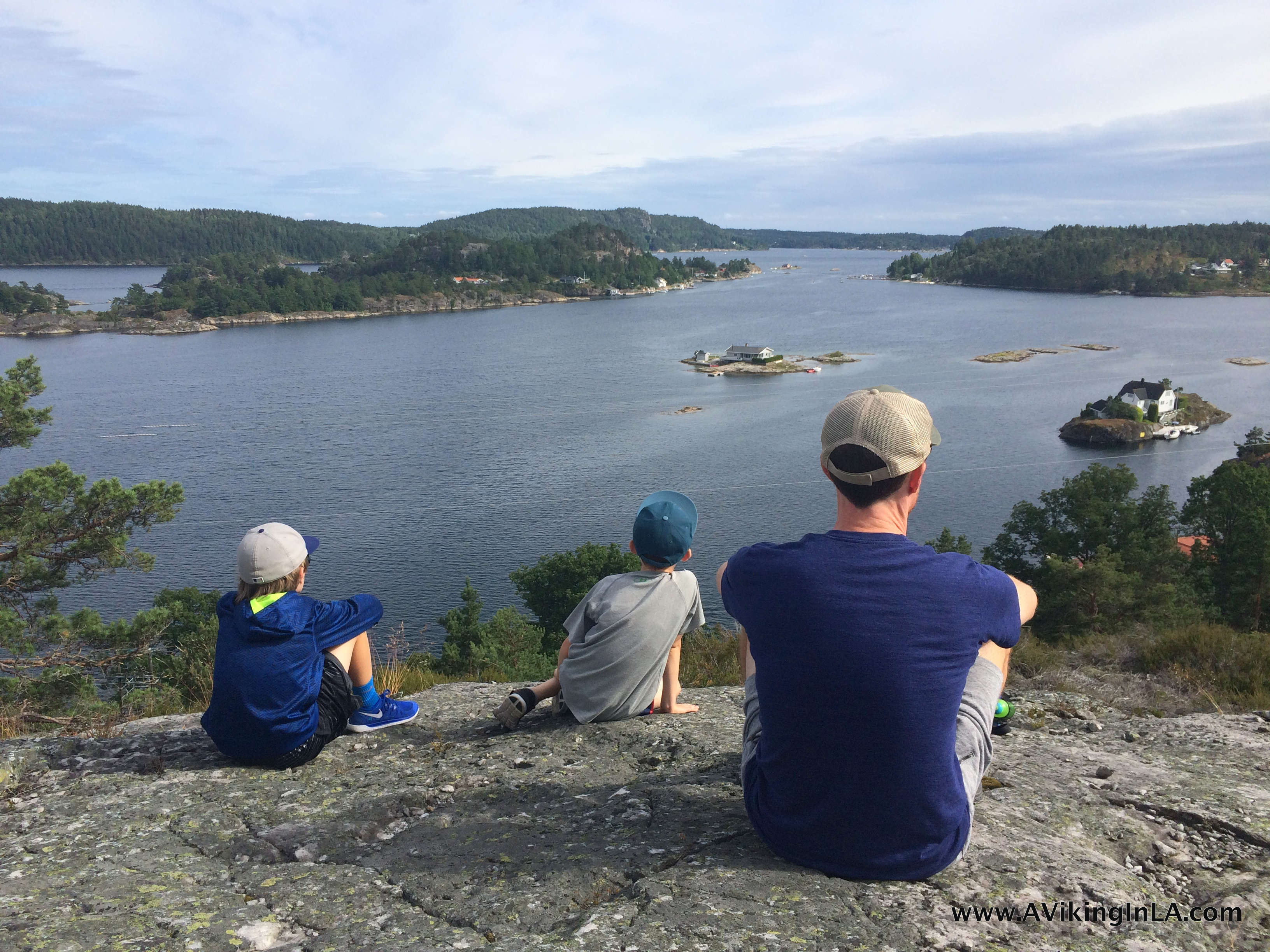
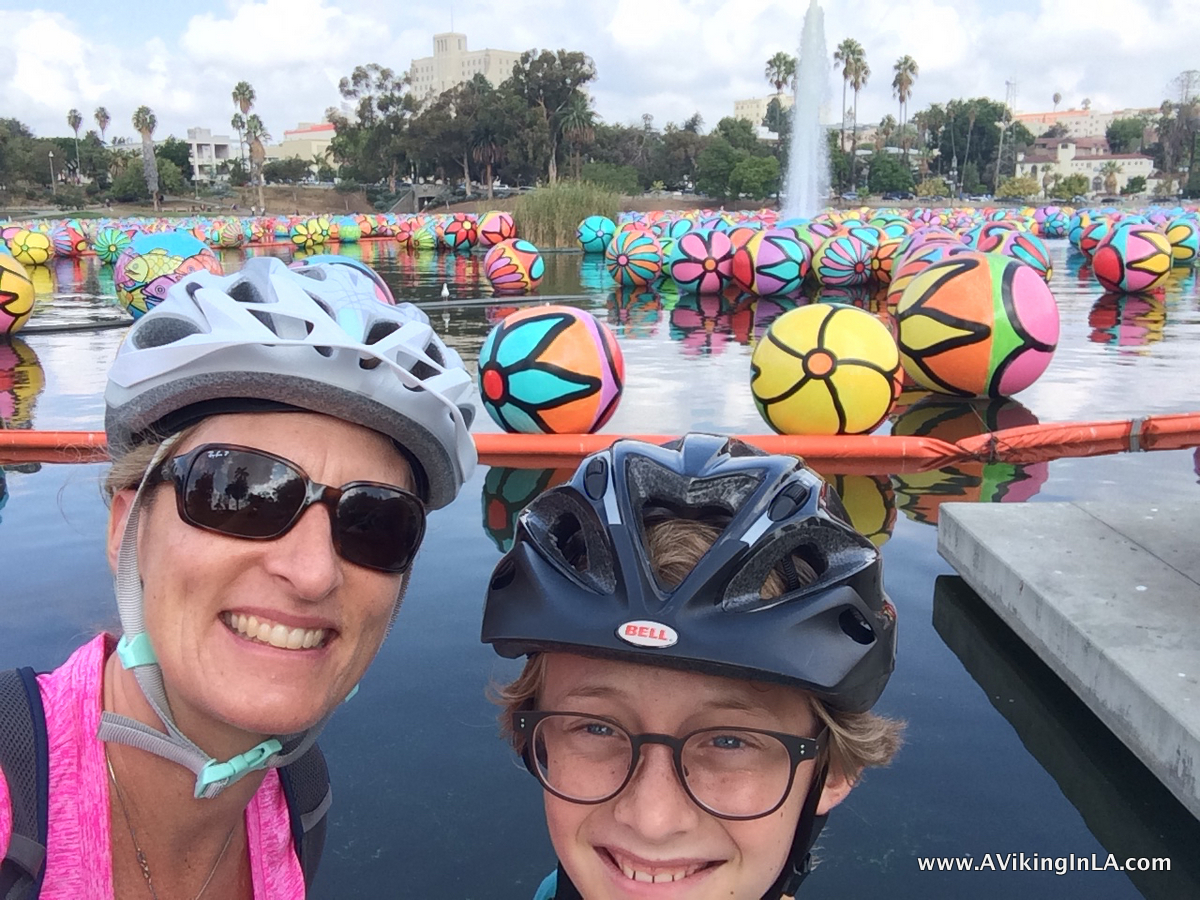
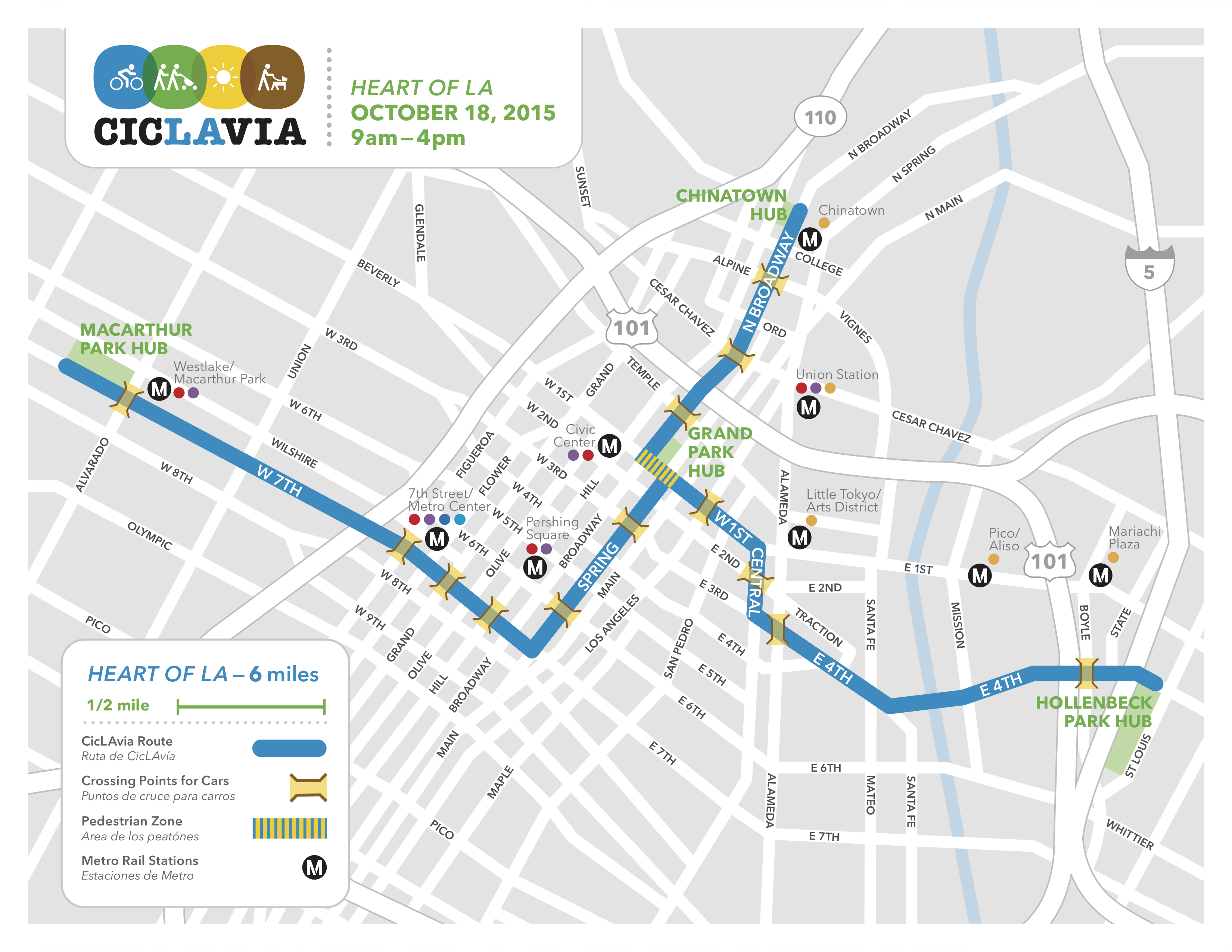
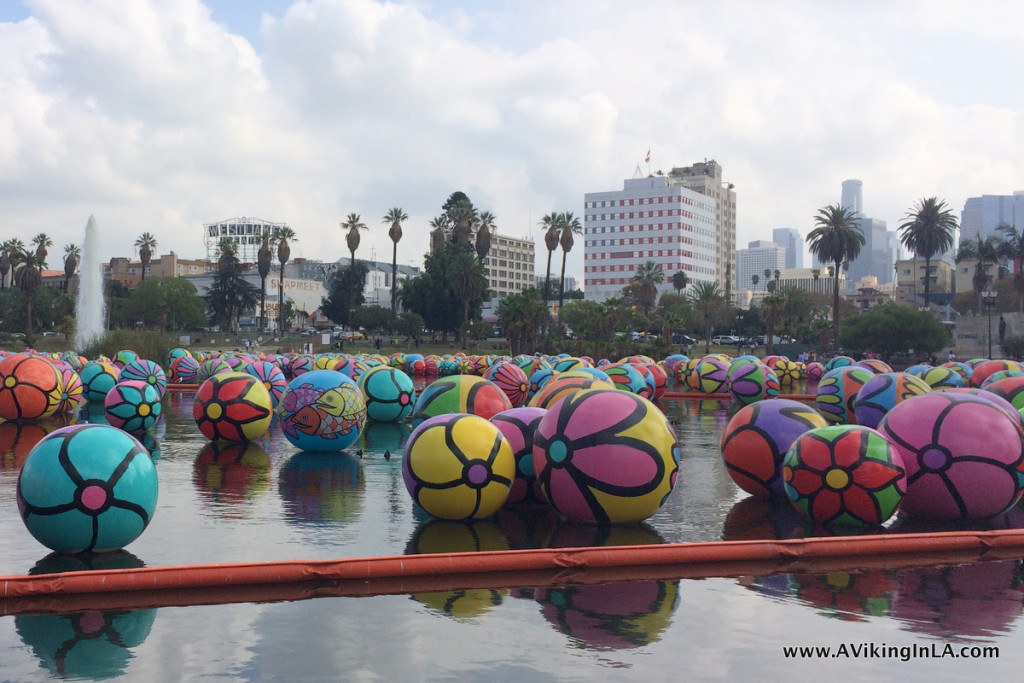
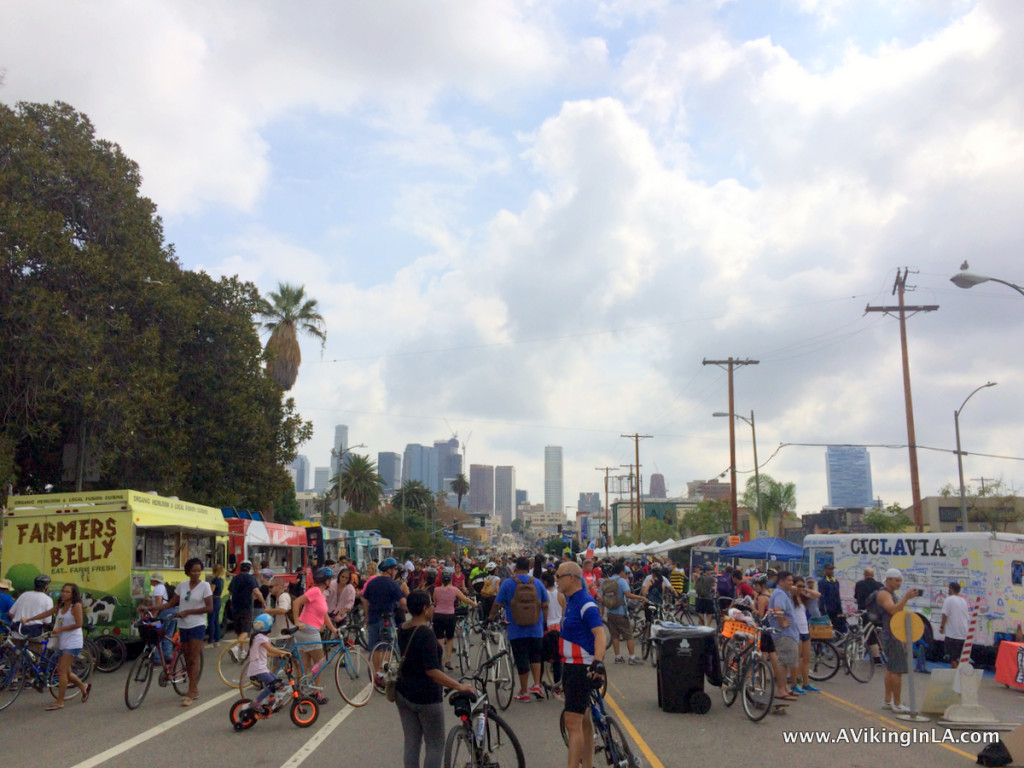
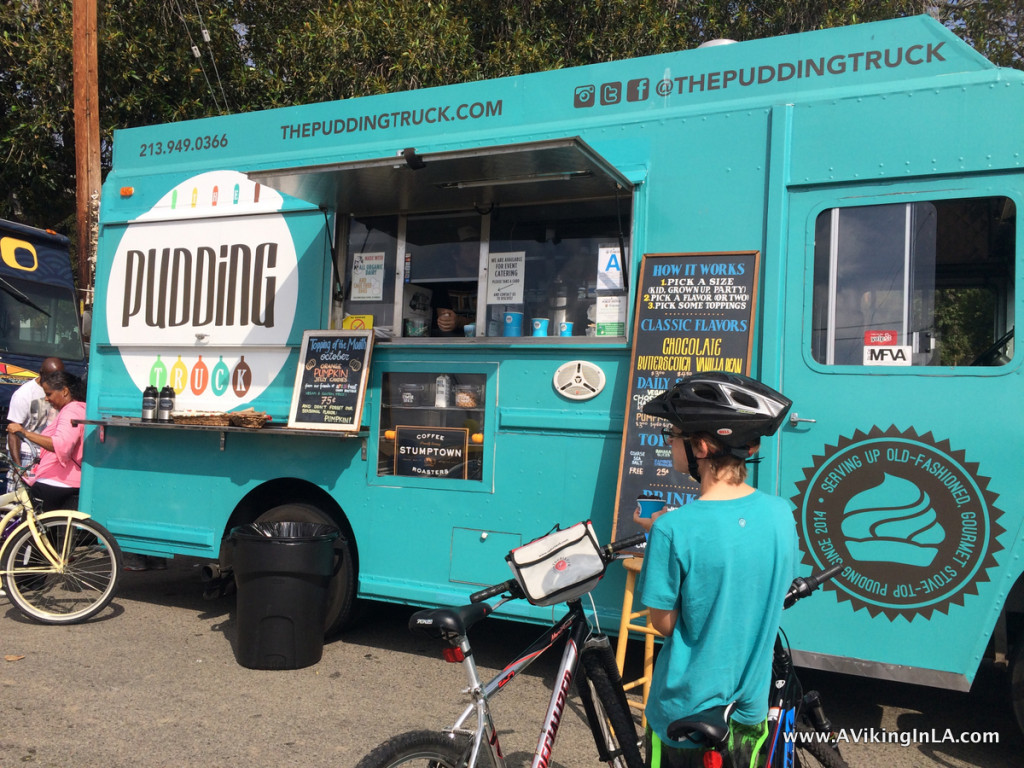

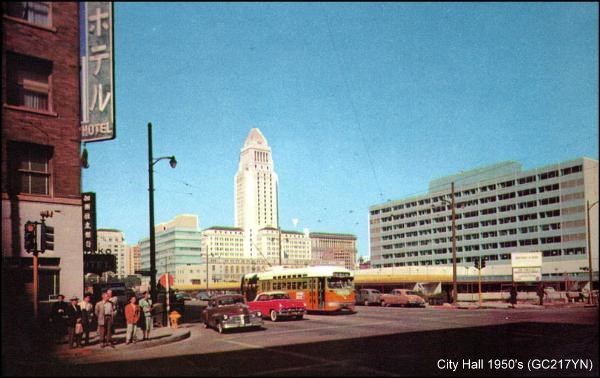


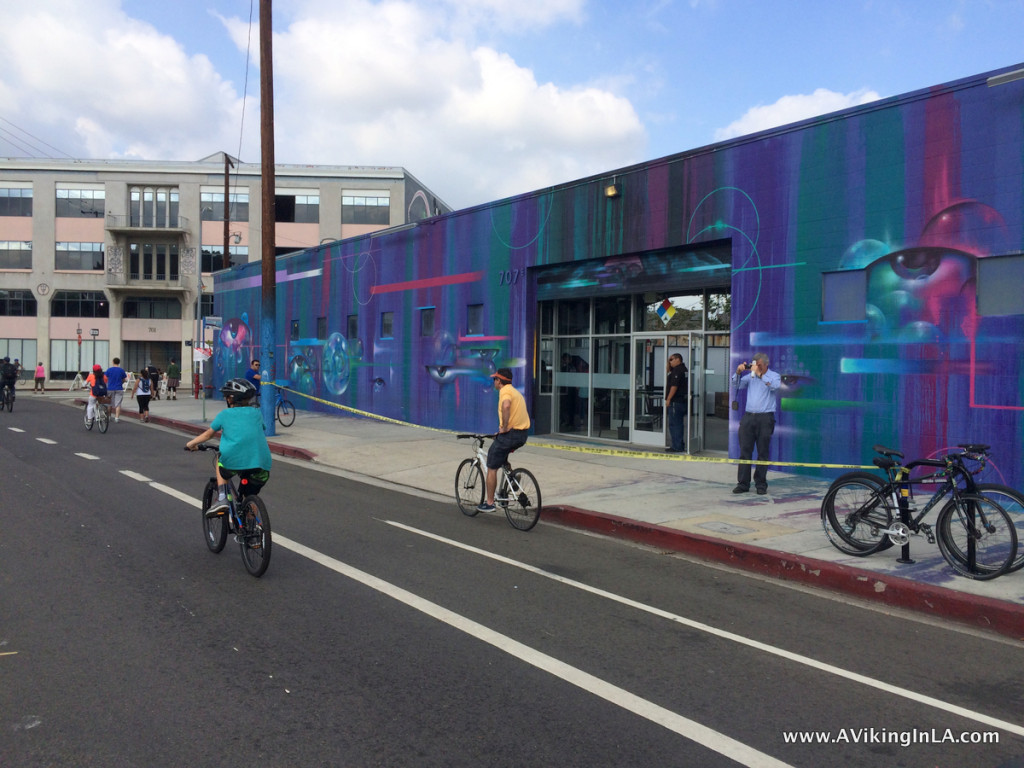

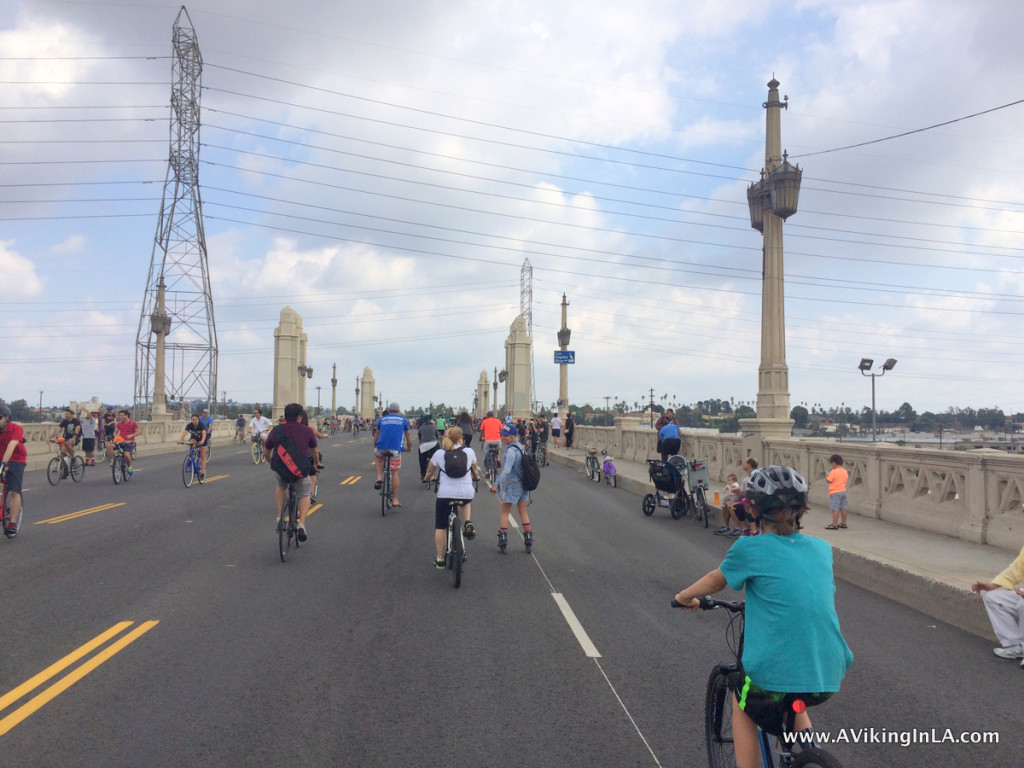
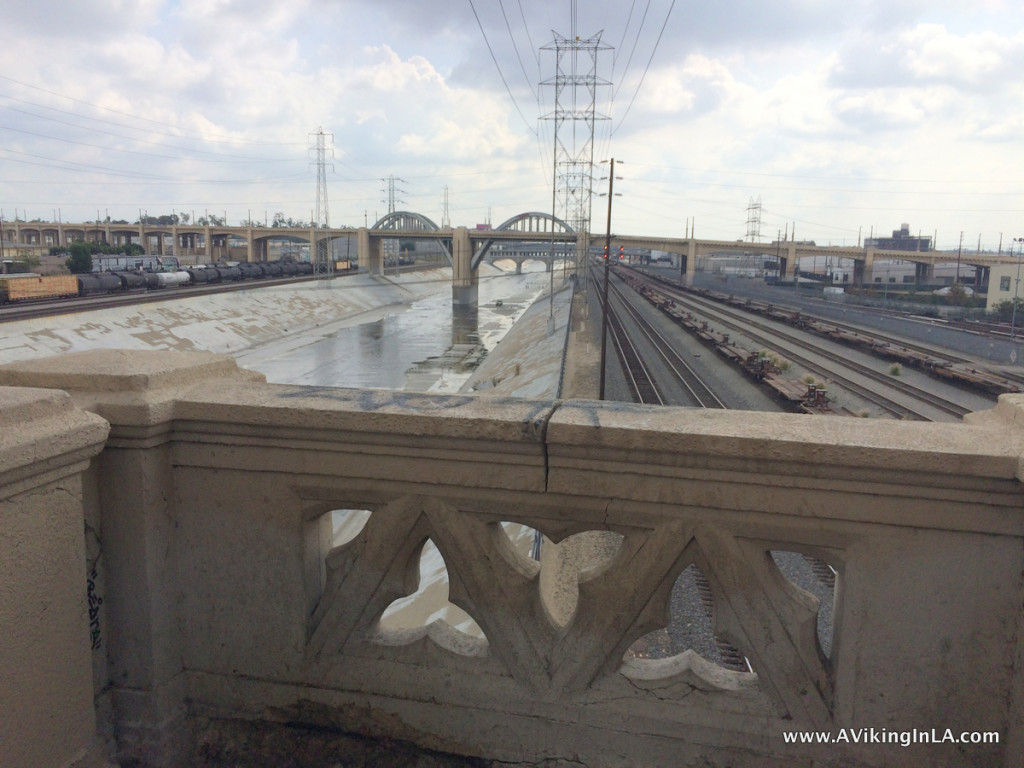

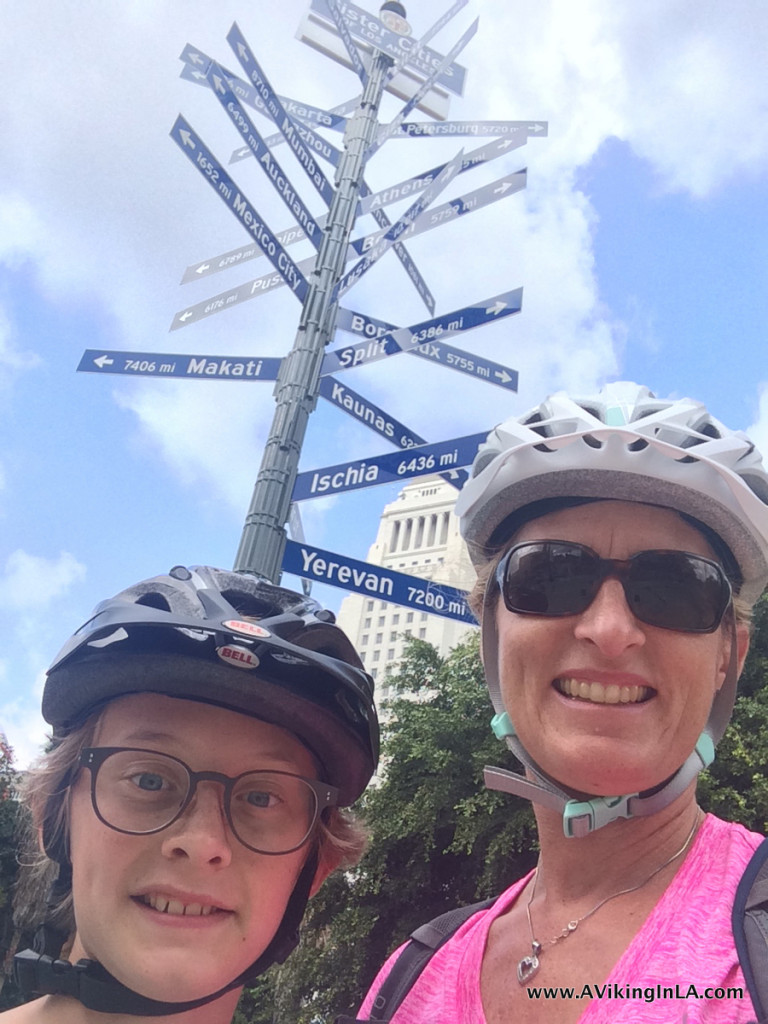

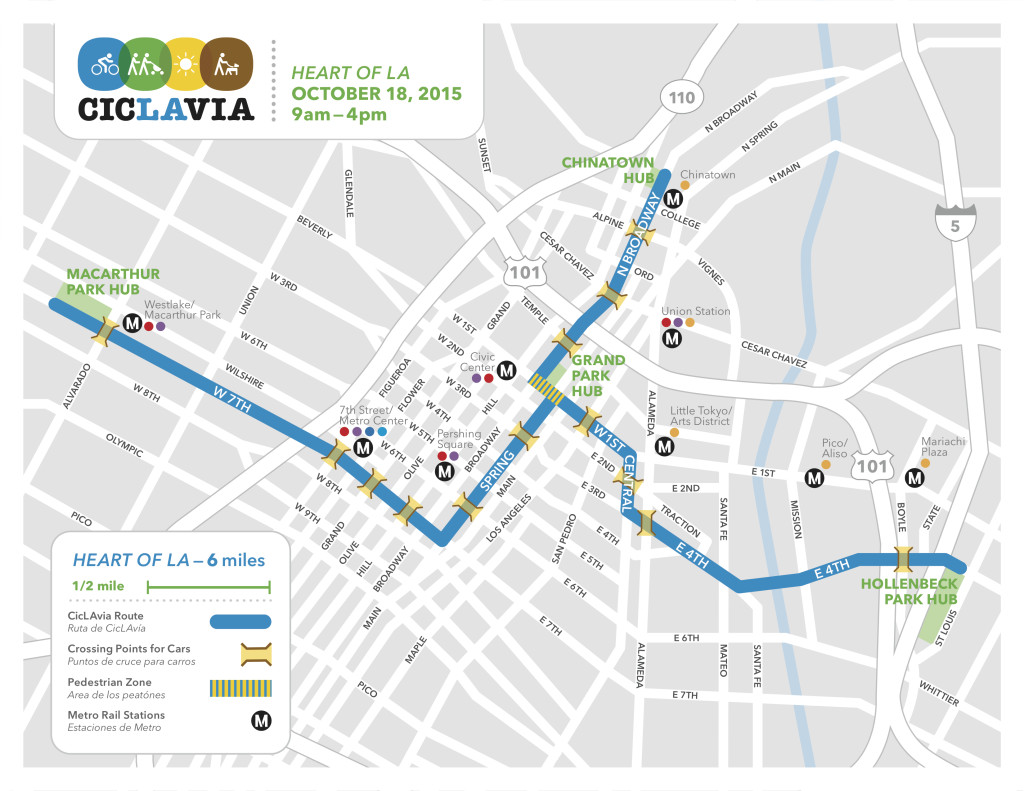
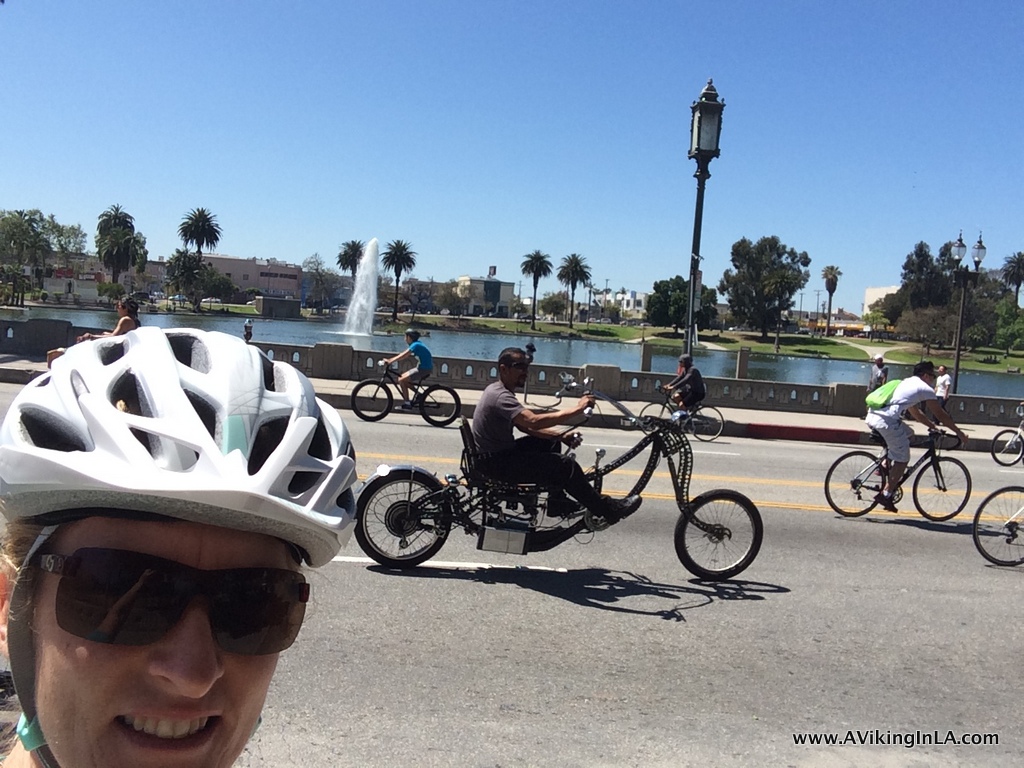
 A hike to the Hollywood Sign has been on my California bucket list for a long time. About two years ago, our family attempted, but
A hike to the Hollywood Sign has been on my California bucket list for a long time. About two years ago, our family attempted, but 